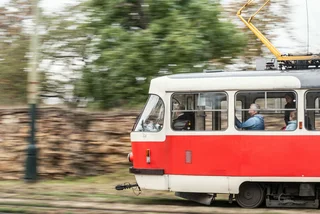The future of Prague’s Na Poříčí Street and the surrounding districts has long been discussed by community groups and urban planners who have in recent years petitioned the city to revamp the traffic-choked thoroughfare.
Czech Forbes is reporting that that dream could become a reality as the iconic Bílá Labuť (White Swan) shopping center gears up for a reconstruction that’s projected to cost half a billion Czech crowns.
PARTNER ARTICLE
Calling the building “a pearl of department stores and architecture in Central Europe for decades” Forbes writes that plans are underway to remake the 80-year-old department store into a modern European shopping gallery á la Galeries Lafayette in Paris.
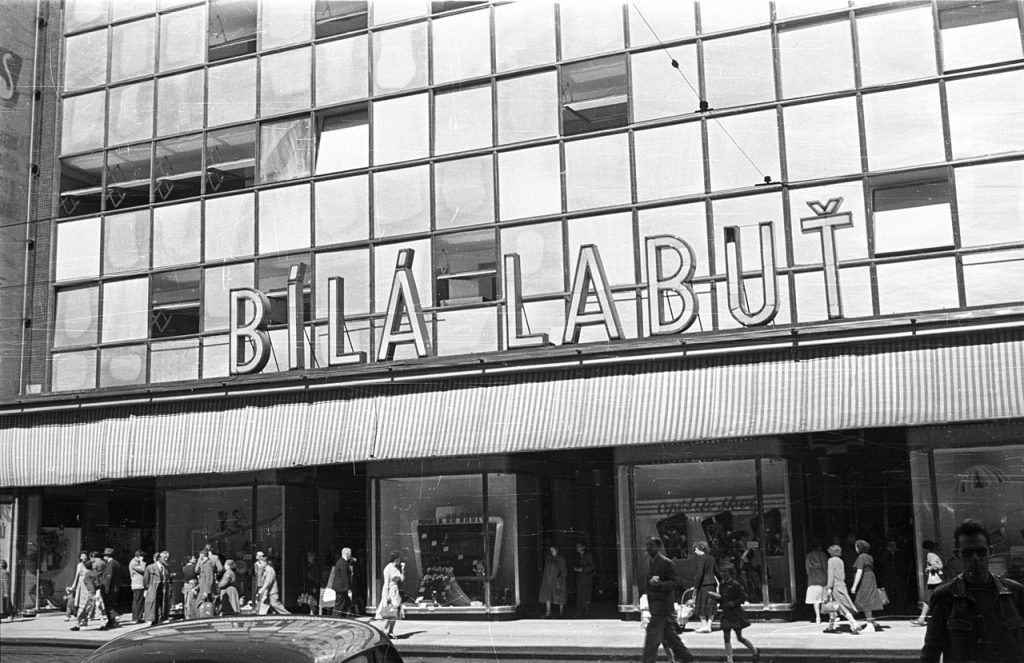
Architectural studio TaK has released visualisations of the ambitious project which plans to transform the building into a passageway from Na Poříčí Street to Petrské náměstí. The architects and the Prague Institute of Development and Planning are hoping to “optically” connect the gallery to the passages that lead to Masaryk Station from the new Florentinum building and the Archa Theater.
Minor modifications are proposed to the actual department store, which is currently undergoing complex renovation of the façade in the direction of Na Poříčí Street.
According to the studio, the blue-neon facade will stay intact. A glass atrium to let in more light will be installed. The business premises should remain open. The owner would like to attract one prestigious tenant into the building who would operate the entire department store.
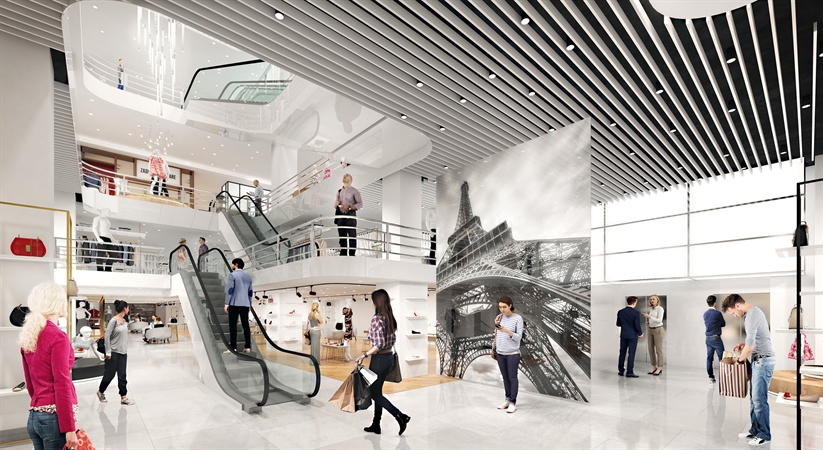
“The current architectural study builds on the ideas and concept of the creators of the building and, given the extraordinary importance for the history of architecture that the department store represents, outlines possibilities for adjustments [that] were not [due to] World War II and subsequently communism,” TaK studio writes on its website.
The architects go on to say: “This particularly concerns completion of buildings in the inner courtyard – office wing and expansion of the hotel of the same name, which closes off the entire land plot as a building in the row of terraced houses on Biskupská Street. It also describes the possibility of transforming the current ugly, utility yard into a residential green space within the inner courtyard and creation of parking capacities on the 2nd above-ground floor, instead of the existing storage areas.”
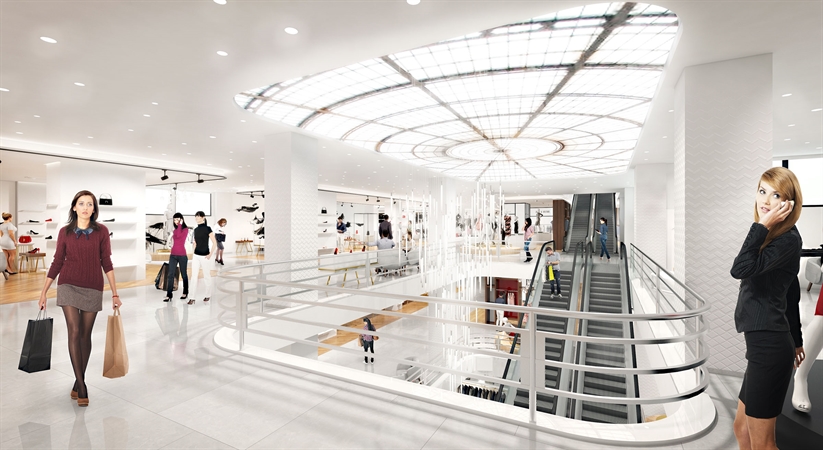
Conservationists have already approved the renovation; construction will take at least five years. Similar Prague landmarks including department stores such as My and Kotva await reconstruction but continue to struggle with conservationists.
Prior to construction of the functionalist department store in the 1930s, an inn and brewery “U Podušků” stood at this location. The building got its name from the swan on the original inn’s facade.
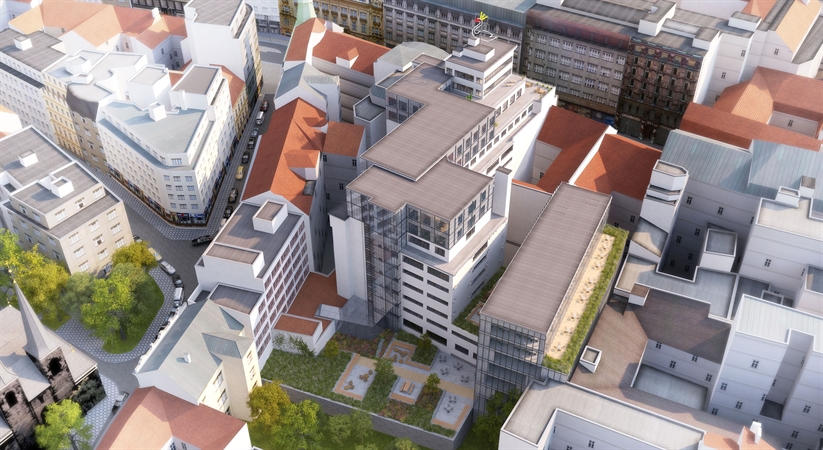
With an enclosed area of approximately 72,000 m², a total floor area of approximately 22,000 m² and a sales area of 15,000 m² Prague’s White Swan was the largest and most modern department store in Central and Eastern Europe when it opened on March 18, 1939, just three days after the Nazi occupation of Prague.
Designed by Czech architects Josef Kittrich and Josef Hrubý it is considered one of the top works of interwar avant-garde architecture. It was the first building in Prague to use escalators in its interiors and has long boasted the some of the fastest elevators in Prague.
Fifty retail units, including Lidl and TETA drugstore currently operate inside Bílá labuť as well as shops offerings men’s and women’s apparel as well as furniture and household goods.












 Reading time: 3 minutes
Reading time: 3 minutes 

















